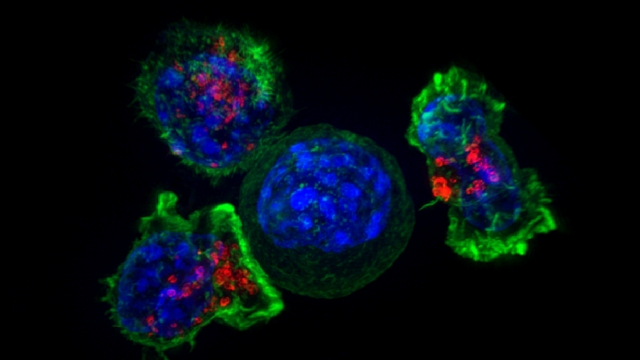Abstract
Signaling pathways that drive gene expression are typically depicted as having a dozen or so landmark phosphorylation and transcriptional events. In reality, thousands of dynamic post-translational modifications (PTMs) orchestrate nearly every cellular function, and we lack technologies to find causal links between these vast biochemical pathways and genetic circuits at scale. Here we describe the high-throughput, functional assessment of phosphorylation sites through the development of PTM-centric base editing coupled to phenotypic screens, directed by temporally resolved phosphoproteomics. Using T cell activation as a model, we observe hundreds of unstudied phosphorylation sites that modulate NFAT transcriptional activity. We identify the phosphorylation-mediated nuclear localization of PHLPP1, which promotes NFAT but inhibits NFκB activity. We also find that specific phosphosite mutants can alter gene expression in subtle yet distinct patterns, demonstrating the potential for fine-tuning transcriptional responses. Overall, base editor screening of PTM sites provides a powerful platform to dissect PTM function within signaling pathways.







